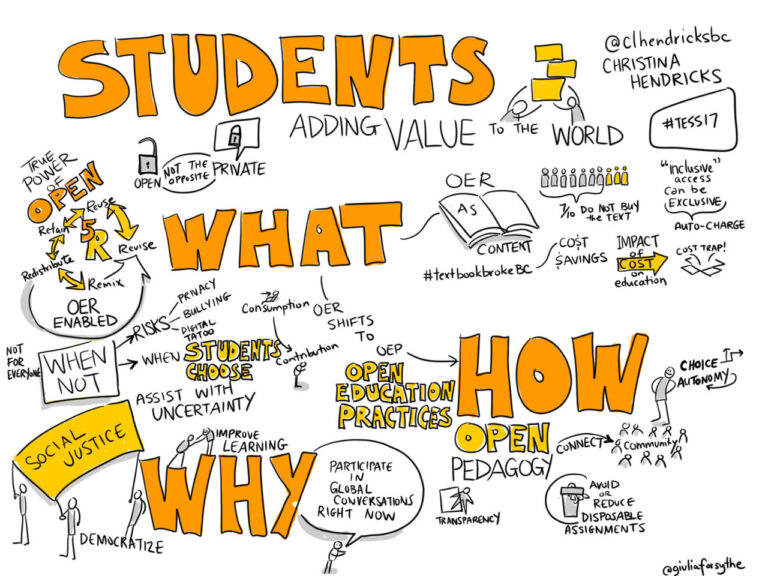Online presentations can be successful

Have you been inspired by a Ted Talk? Do you look to YouTube to watch an expert in your field? With increases in web conferencing tools and improved broadband services, there are many opportunities to deliver online presentations. The ubiquity of mobile devices able to record video and the availability of server space to share recordings allows students to share public presentations with those who aren’t in the same location. Many of the skills necessary for public speaking are the same whether delivered in a face-to-face environment or in an online environment.
UAF has several online courses that fulfill communication requirements for graduation. Creating an engaging experience for students takes many forms.
BA F462 is based on group presentation skills. Dr. Jim McDermott uses a series of three individual oral presentations and one group oral presentation so students can gain experience and confidence. In addition, each student completes two peer evaluations around the other individual & group presentations.
In WLF F469-669, Dr. Falk Huettmann requires two, twenty-minutes presentations each followed by a synchronous question/answer period. One presentation is delivered to a public audience and recorded by video and shared through Google Drive. The second is delivered to the class via Google+ Hangout.
In ANTH F403, Dr. David Fazzino uses a presentation rubric which is given to students early in the semester so they are aware of the key skills reviewed during their presentation. Peer review also gives students practice in observation and assessing others in positive and helpful ways.
In COMM F121X, Dr. Karen Taylor requires four speeches, two given online via Google+ Hangout and two recorded in front of a face-to-face audience in the students’ communities. The recorded speeches are uploaded to Google Drive for instructor and peer feedback. There is an active Google+ class community for discussions about speeches and the communication class content.
Scaffolding for Success
Presentations are scheduled throughout the semester and students are given feedback along the way. Features are built into Blackboard and UA Google Apps to facilitate collaboration and group work. Students are usually adept at finding a solution that works for them. Through a video call or other synchronous method, student groups are responsible for meeting with the instructor prior to making a presentation to the class to review presentation strategy.
Activities and Assessment
Activities may include: individual presentations, class presentations, small group presentations, peer review, and peer evaluation. These are accomplished through multiple video/recording platforms using both synchronous and asynchronous methods. Presentations can be delivered via YouTube, Google+ Hangout, Blackboard Collaborate, or other web-based conference software. Question and answer sessions are facilitated through a combination of asynchronous and/or synchronous methods.
Visual Aids
Incorporating visual aids in public speaking is a big part in presenting the message. If a presentation is videotaped, presentation material is shared with a class before the presentation begins. If a presentation is offered live, presentation material is either incorporated into the presentation or is distributed to class prior to class meeting.
Evaluation
Presentations are evaluated by the instructor using various evaluation tools: presentation rubrics, competency standards or other evaluation forms. Presentations may be peer-reviewed for content and delivery.
Instructional Materials
Students who can access the Speaking Center on the UAF campus or a campus center near them, are encouraged to do so. The Speaking Center’s resources as well as other online resources on presentations, videotaping tips, and video uploading directions are made available to students within their course content. Visit the resources at the Speaking Center (https://www.uaf.edu/comm/speaking-center/)
Gaining practice in giving online presentations connect students and faculty to peers around the world, allowing people to be drivers of communication, without being limited by a specific location. If your course has an innovative communication component, let us know and we’ll feature it on our website.
Resources
https://ecampus.uaf.edu/go/oral-req



